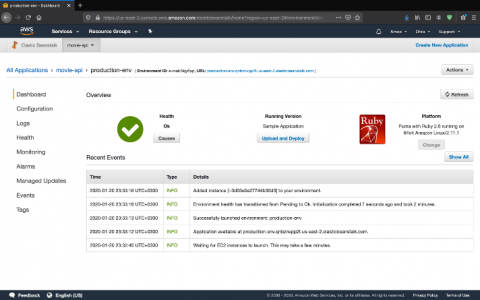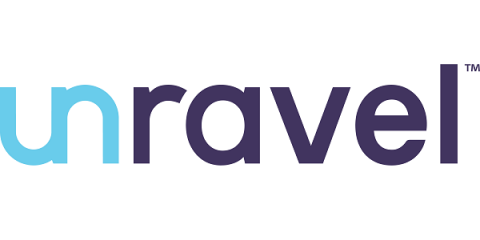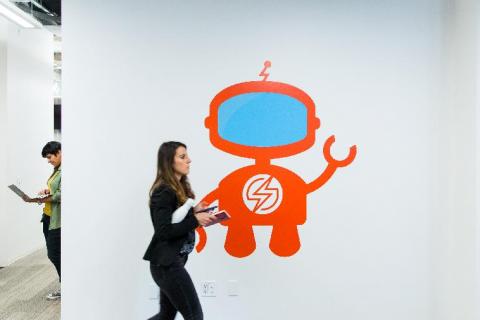Protect Your Applications With Cleafy Plugin for Kong
When protecting your online services, the weakest link is represented by the endpoints – that is, by the end-user devices running web or mobile applications or by external systems leveraging open APIs. As a matter of fact, there is a growing number of targeted attacks leveraging sophisticated techniques such as malicious web injections, mobile overlay and API abuse attacks to perform identity hijacking, account takeover, transaction tampering and payment frauds.











